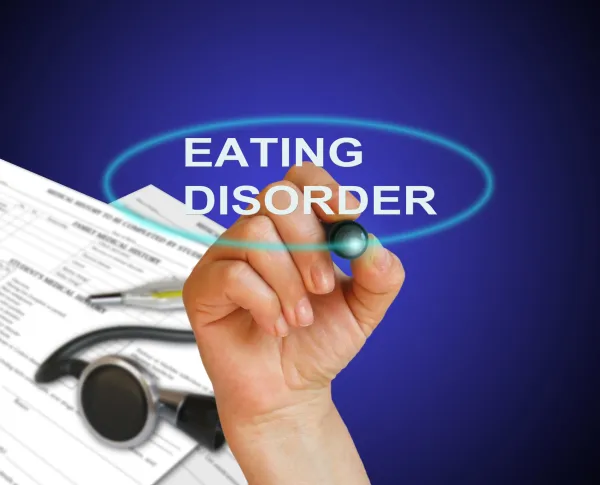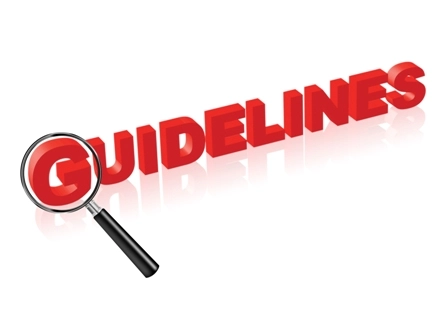Know These Specifics for Eating Disorders

Understand the differences between these disorders to code conditions correctly. Even if you’ve heard of the common eating disorders — anorexia, bulimia, and binge-eating, as they’re commonly called — you may not be familiar with the full names of the conditions. Brush up on the key differences between anorexia nervosa, bulimia nervosa, and binge-eating disorder, or BED, and make sure you know how binging and purging problems may correlate with each diagnosis. Don’t forget to deepen your knowledge of OFSED and pica conditions, too. Use these tips to zero in on the most accurate codes while avoiding common coding errors when your provider diagnoses a patient with an eating disorder. Note these Differences Between Anorexia Codes Anorexia nervosa is the first of the disorders to present a challenge from a coding perspective. The condition is “a psychological development disorder where the patient fears becoming overweight and develops a distorted self-image of the body to the point of starvation or malnutrition,” according to Chelle Johnson, CPMA, CPC, CPCO, CPPM, CEMC, AAPC Fellow, billing/credentialing/auditing/coding coordinator at County of Stanislaus Health Services Agency in Modesto, California. Confusion over coding the condition arises from the fact that ICD-10 has two codes for anorexia: F50.0- (Anorexia nervosa) and R63.0 (Anorexia). Distinguishing between the two, however, is easy once you remember that the code for anorexia nervosa belongs in the Mental, Behavioral and Neurodevelopmental Disorders chapter of ICD-10, whereas R63.0 is a signs and symptoms code. This means it “does not represent a patient with a psychological eating disorder,” according to JoAnne M. Wolf, RHIT, CPC, CEMC, coding manager at Children’s Health Network in Minneapolis, Minnesota. In fact, R63.0 is used for “an unexplained or unknown loss of appetite,” according to Johnson. Coding caution 1: To reflect the fact that the two conditions have different etiologies, ICD-10 guidelines make R63.0 an Excludes1 code for all the F50 (Eating disorder) codes, and F50.0- an Excludes1 code for R63.0. In other words, “the excludes notes for both sets of Chapter 5 and 18 codes direct you to one chapter or the other, not both,” notes Wolf. Distinguish Between Binging and Purging Conditions Coders can also encounter confusion when coding for eating disorders involving binging and purging. “A patient with bulimia is a compulsive eater who binges then purges, which means the patient is self-inducing vomiting or is misusing laxatives, diuretics, or enemas,” explains Johnson. Additionally, a provider may also diagnose a type of anorexia that features binging and purging. This means you have three different codes to choose from that feature very similar conditions — F50.2 (Bulimia nervosa), F50.81 (Binge eating disorder), and F50.02 (Anorexia nervosa, binge eating/purging type). This can lead to some confusion when coding for eating disorders involving binging and purging. However, the key to distinguishing between F50.2, F50.81, and F50.02 lies in the patient’s weight. “While F50.2 involves compulsive binge eating and purging, most patients remain at a normal weight,” explains Wolf. However, “F50.81 represents an eating disorder that involves binge eating without purging, resulting in many patients being overweight. And F50.02 is similar to F50.2 in that it involves binging and purging, but patients are often extremely underweight and will exhibit other symptoms of anorexia nervosa, such as excessive exercising and long stretches without eating,” Wolf adds. Coding caution 2: Like the Excludes1 note for R63.0 and all the F50 codes, make sure you pay attention to all the other Excludes1 notes that reference the R63 (Symptoms and signs concerning food and fluid intake) codes. In addition to R63.0, R63.2 (Polyphagia) or excessive eating and R63.3 (Feeding difficulties) are both Excludes1 codes for all the F50 codes. However, you may report other weight-related codes, such as R63.4 (Abnormal weight loss), R63.5 (Abnormal weight gain), R63.6 (Underweight), and E66.3 (Overweight) as appropriate. And, if you report R63.6, you will also need to report the patient’s body mass index (BMI) and use the appropriate Z68.- (Body mass index [BMI] …) code per the note accompanying the code. Know How to Code OFSED … Another related group of eating disorders, known as Other Specified Feeding or Eating Disorders, or OFSED, present another challenge for coders. That’s because these conditions, which the Diagnostic and Statistical Manual of Mental Disorders (DSM-5) recognizes, do not easily translate to ICD-10 codes. Specifically, the OFSED conditions are: Only the first of the OFSED conditions, atypical anorexia nervosa, can be coded with a specific ICD-10 equivalent. “The alphabetical index points you to F50.9 [Eating disorder, unspecified], which is listed as an example for this code,” Wolf points out. Coding alert: The second listed OFSED condition, bulimia nervosa of low frequency and/or limited duration, looks like it could also be coded to F50.9, as atypical bulimia nervosa is also listed as a synonym for the code. However, “if the bulimia symptoms are of low frequency or do not meet the criteria for bulimia nervosa, the patient would be diagnosed with OFSED,” which is coded to F50.89 (Other specified eating disorder), according to Wolf. In other words, should your provider document any of the OFSED conditions other than atypical anorexia nervosa, you should report the condition with F50.89. Beware of Patient Age for this Condition Code F50.89 also has another synonym — pica in adults — which your provider could use for a diagnosis when an adult patient eats items that have no nutritional value, such as dirt, hair, or paint, due to pregnancy, malnutrition, or iron deficiency anemia. Here, the coding challenge is making sure you choose the age-appropriate code, as ICD-10 distinguishes between pica in adults and F98.3 (Pica of infancy and childhood).




